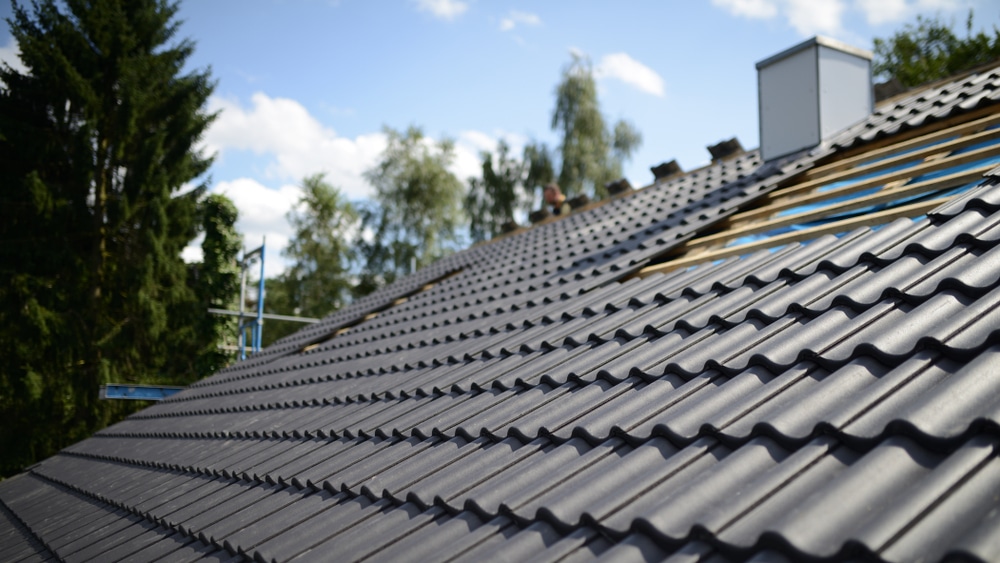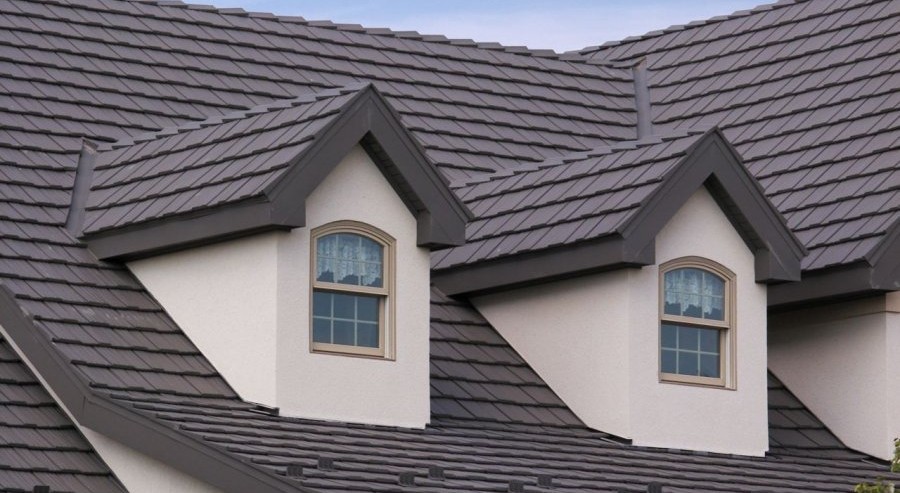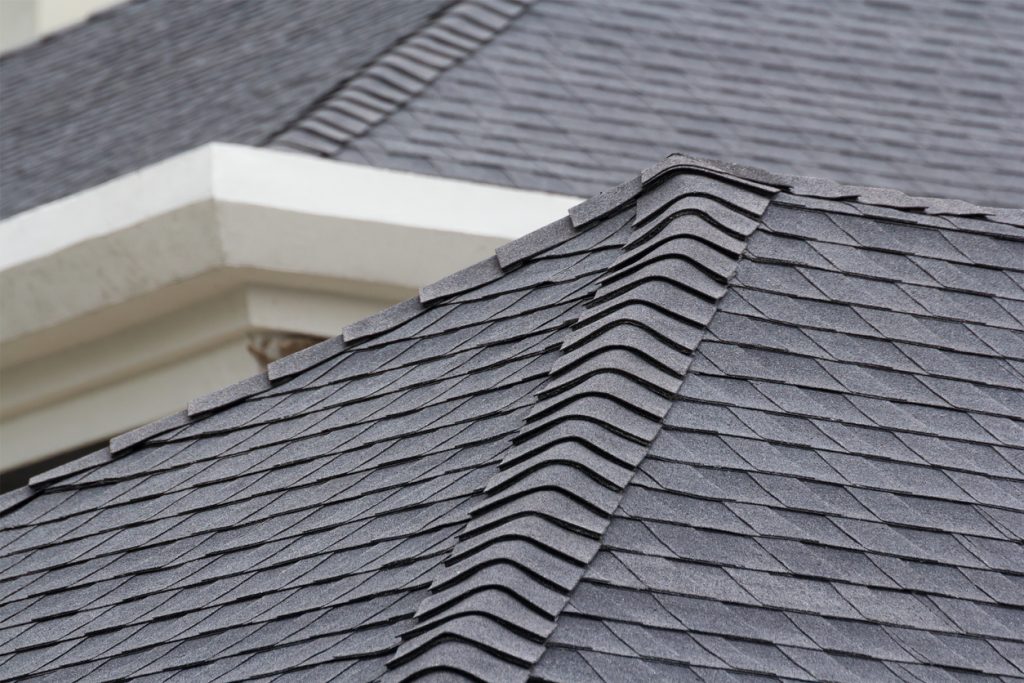
The winter months are quickly approaching, many people will be spending more time indoors. How much energy do you think your home uses? If you’ve noticed an increase in your utility bills, it may have something to do with the quality of your roof. A new roof can help reduce air infiltration and keep out moisture that causes mold and mildew growth on surfaces like wood beams or drywall inside the house. This blog post will tell you about some of the benefits of getting a new roof!
How a New Roof Can Help Save On Energy Costs
Energy costs can be expensive and are only expected to rise. Installing a new roof can help reduce your monthly electricity or gas usage because it’s more efficient than older roofs that were built using outdated technology and materials. A typical asphalt shingle roof in North America is around 20 years old! Older roofs lose their ability to keep out the heat during warm weather months which forces air conditioners (or furnaces) to work harder; this causes higher utility bills for homeowners who don’t replace them regularly with newer models.
When it comes to keeping your home warm during the winter, a new roof can help you save energy too. The snow and ice that packs onto older roofs melt when heat leaks into living areas from poorly insulated or drafty spaces. A new roof will keep out all those drafts and ensure this precious heat doesn’t escape through any cracks. Installing a new roof will keep your family warmer during the winter and help reduce energy costs!

Solar Reflection
Reflecting solar light can help keep your home cooler during the summer months, but that’s not all. The more effectively your roof reflects solar light away from your home, the more energy-efficient it is too! If your roof can’t reflect sunlight away from your home, the shingles then absorb the solar heat and transfer it into living spaces. Roofs with high solar reflection can lower the surface temperature by as much as 30%.
New roofs are made using technology and materials that reflect more sunlight away from your home to help keep it cooler during the hot summer months. A new roof will have a higher “reflectance value” than older models, which means they don’t absorb as much solar heat. This will also help save on energy costs in the long run!
Roof Ventilation
Roof ventilation is essential because it regulates the airflow between your roof and attic. Attics are typically largely unoccupied areas, so they can get boiling in a hurry during warm weather months, increasing the temperature of living spaces inside your home. If ventilation isn’t adequate and there’s not enough airflow coming through vents, the heat forces its way into attics. This can cause higher energy bills for homeowners because the heat has to be cooled throughout the home.
A new roof will allow more airflow between the attic and living areas of your house, so you won’t have as much trouble keeping cool during hot summer months. Installing a ventilation system on an older roof is possible, impact but it’s not always cost-effective.
Color of your shingles
Most people know that dark clothing absorbs heat on a sunny day, but did you know that dark shingles can do the same thing? That means the color of your roof should vary depending on where you live and your local climate. Homes in cold-weather areas benefit from dark shingles, while homes in hot climates should have lighter roof colors to help deflect sunlight. Paying close attention to the shingle color you add to your home will impact your energy costs.
Modernized Shingles
Outdated shingles are much less effective than modern shingles at protecting homes from strong winds. Modernized shingles have been updated in several ways to help prevent damage and energy loss, including:
• Better dimensional stability through polymerization
• Improved resistance against heat flow for insulation purposes
• Increased metal content for protection from the elements

How Much Money You Will Save By Getting A New Energy Efficient Roof
It’s impossible to predict precisely how much money you will save by getting a new roof, but it is possible to give some rough estimates.
According to the United States Department of Energy (US DOE), an asphalt shingle roof can increase energy efficiency in your home by up to 30% and reduce your carbon footprint as well. With the rising cost of fuel, it is no surprise that homeowners everywhere are cutting down on their energy costs. A new roof can help them achieve this goal with ease.
An excellent place to start when estimating your potential savings is by looking at how much money you spend each month on utilities and home heating/cooling expenses (be sure to ignore your mortgage or housing costs to get an accurate comparison).
Take a look at your utility bills over the last year and do some quick math. Use that number, along with data on seasonal heating/cooling expenses from the US DOE’s Energy Information Administration (EIA), for a rough estimate of how much money you could save by switching to an energy-efficient new roof.
In Conclusion
Energy prices are less likely to go down, and the need to reduce energy use is constantly growing. New roofing systems are one of the easiest ways for homeowners to take action on this crucial issue, especially if they live in an area that experiences extreme weather conditions throughout the year. A new roof can help save money on energy costs while also reducing a home’s carbon footprint for a healthier environment.



